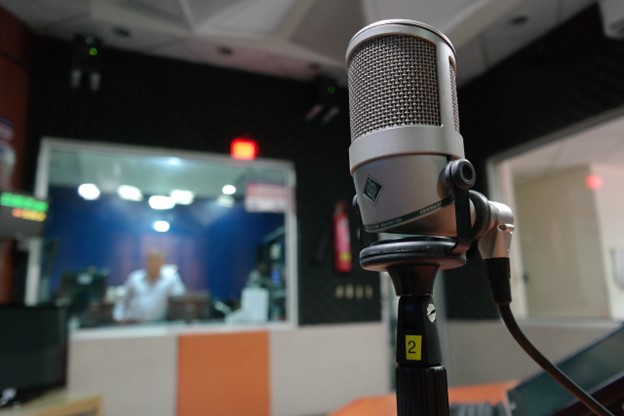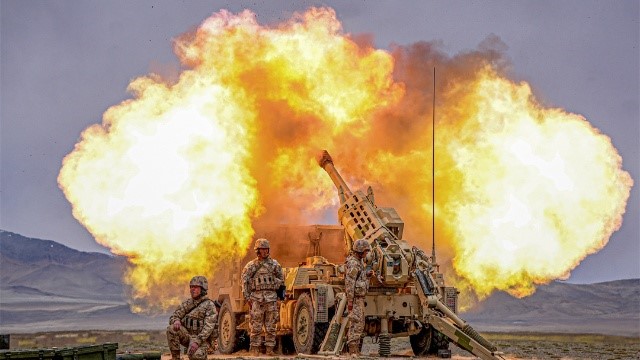In July of last year, I discussed the case of Missouri v. Biden, in which Federal Judge Terry Doughty of the Western District of Louisiana issued an injunction against various members of the Biden Administration. As the Court stated, “[i]n their attempts to suppress alleged disinformation, the Federal Government, and particularly the Defendants named here, are alleged to have blatantly ignored the First Amendment’s right to free speech.”
The decision, which was upheld by the Fifth Circuit Court of Appeals states that “since 2018, federal officials…have made public statements and demands to social-media platforms in an effort to induce them to censor disfavored speech and speakers…[federal officials] have threatened adverse consequences to social-media companies, such as reform of Section 230 immunity under the Communications Decency Act, antitrust scrutiny/enforcement, increased regulations, and other measures, if those companies refuse to increase censorship. Section 230 of the Communications Decency Act shields social-media companies from liability for actions taken on their websites…the threat of repealing Section 230 motivates the social-media companies to comply with [federal officials] censorship requests.”
Based on a wealth of overwhelming evidence, Judge Doughty ruled that “the United States Government, through the White House and numerous federal agencies, pressured and encouraged social-media companies to suppress free speech. Defendants used meetings and communications with social-media companies to pressure those companies to take down, reduce, and suppress the free speech of American citizens. They flagged posts and provided information on the type of posts they wanted suppressed. They also followed up with directives to the social-media companies to provide them with information as to action the company had taken with regard to the flagged post. This seemingly unrelenting pressure by Defendants had the intended result of suppressing millions of protected free speech postings by American citizens.”
Never did I imagine that I would become one of those Americans subjected to censorship, and the violation of my right to free speech.
Last month, I published a book, The Making of a Martyr: An Analysis of the Indictments of Donald Trump. I have been examining and conducting an extensive review of each of the four criminal indictments brought against the former President, and after publishing my findings in a series of columns here on usagovpolicy.com, I assembled my research into a book.
The Making of a Martyr is available at Amazon, both as an EBook and in Paperback.
That is, if you can find it.
A search on Amazon for the title, The Making of a Martyr, turns up a series of books, none of which are mine. To find my book. you must search both the title and my name, John H. Wilson.
In an effort to increase sales and the visibility of my book. I submitted a proposal for an advertising campaign to Amazon. I was willing to pay seventy-five cents per click (that is, when people clicked on the advertising banner on Amazon’s web site, I would be charged), with a daily budget of twelve dollars. This seemed to be a modest place to start. But a few days after I forwarded my proposal to Amazon, I received an email rejecting the campaign. “Your ad…does not comply with our current Creative Acceptance Policies…your ad contains content or book(s) prohibited from advertising. This may include books about a specific political party, issue, or candidate during an election year.” I was referred to “section 4.3, Political books under Book Guidelines and Acceptance policies” and advised to “remove the content or book(s) from your ad.”
Under Section 4.3, Political Books, “Prohibited Books” are defined as “[b]ooks that contain a personal attack on a specific political candidate or elected official” or “[d]uring an election year: books about a specific political party, issue, or candidate.”
Obviously, a book that is primarily a legal discussion of a series of criminal charges currently pending in four different jurisdictions is not a “personal attack on a specific political candidate or elected official.” However, 2024 is an election year, and The Making of a Martyr is about a specific candidate – Donald Trump.
But so is President Biden The Collected Speeches; The 4 book collection of Too Much and Never Enough, Promise Me Dad, Dreams From My Father, and The Audacity Of Hope (two books each by Joe Biden and Barak Obama; and the 2018 audiobook. Conversations with Joe, which is described as “the edited highlights of Vice President Joe Biden’s 29 city US tour…[t]hese compelling, off-the-cuff conversations are designed to amplify Biden’s powerful message of unity and promise in heartfelt and entertaining fashion.”
Aren’t most of these books about a specific political candidate during an election year?
Perhaps these books are not being specifically “advertised” on Amazon. But if you go to the page for each book, you will see a group of suggested books. described as “People who bought this also bought,” or “Related to this topic.” The suggested books are typically books by Kamala Harris, Barak Obama, or more books about Joe Biden – Obama being the only one who is not currently a candidate for office.
In fairness, the same thing happens when you research books by or about Donald Trump on Amazon. For instance, when you search for Letters to Trump, which is described as “part of the incredible private collection of correspondence between President Trump and the countless world leaders, celebrities, athletes and business leaders who shaped the United States, and the world”,it is recommended that you also purchase Trump 45: American’s Greatest President.
Maybe these books are also not being specifically advertised. But when have you seen The Making of a Martyr as a recommended additional purchase?
You haven’t.
The inability to advertise my book on Amazon does nothing to help sales. I am left to my own efforts to promote my work. Is this an intentional act of suppression of free speech on the part of Amazon? Or is it a legitimate concern for even-handedness during an election year?
As Judge Doughtry stated, “it is not imaginary or speculative to believe that in the event of any other real or perceived emergency event, the Defendants would once again use their power over social-media companies to suppress alternative views. And it is certainly not imaginary or speculative to predict that Defendants could use their power over millions of people to suppress alternative views or moderate content they do not agree with in the upcoming 2024 national election…”
Judge Wilson served on the bench in NYC
Illustration: Pixabay









